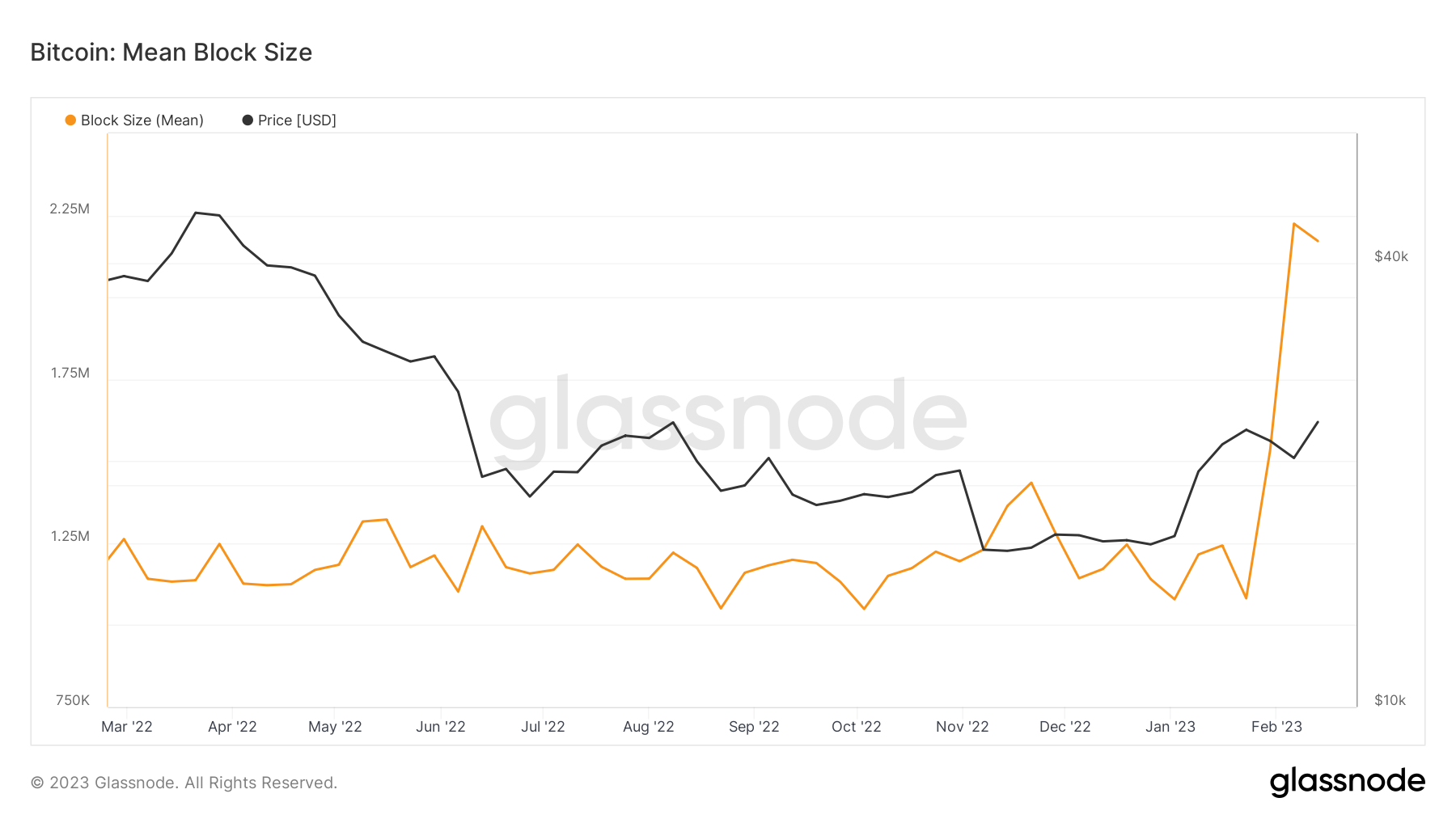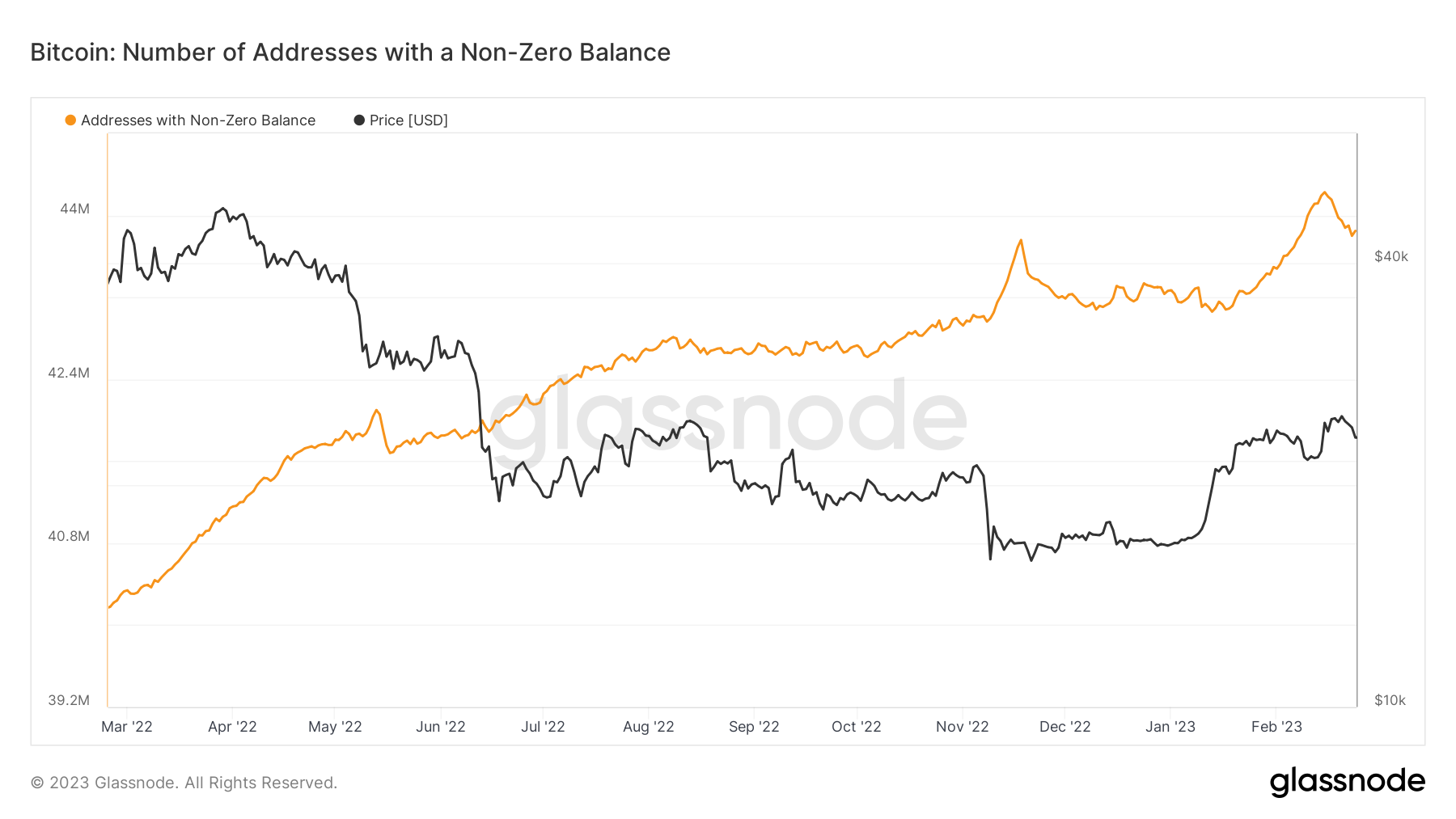Ordinals: What are they and why should you care?

Ordinals are more than a Bitcoin NFT, they are a fundamental bitcoin culture shift.
1. What is Bitcoin Ordinals?
Ordinals is a new open-source Bitcoin protocol created by software engineer Casey Rodarmor on GitHub. The protocol, launched January 23, 2023, allows users to inscribe digital artifacts on the Bitcoin network without requiring a separate token, a side chain or changing bitcoin. Digital artifacts include videos, images, sound recordings, video games, and more.
2. How does the Ordinals Protocol work?
Ordinals are numbers defining a particular position in a series such as first, second or third. Rodarmor invented an algorithm that defines satoshis (100M satoshis in a bitcoin, like 100 cents to a dollar) based on when the satoshi was generated so users can identify, share and receive individual satoshis. The satoshis can then be inscribed with data such as an image, text or MP3 files, turning them into bitcoin-native digital artifacts.
3. Isn't this just a Bitcoin NFT?
No, and Rodarmor wants to make that distinction clear. According to the Ordinal Theory Handbook, Rodarmor chose the term digital artifact rather than NFT because it is “simple, suggestive and familiar.” The acronym NFT provides no indication of what it is and fungible is not a term typically used outside of finance. Unlike NFTs, digital artifacts inscribed within satoshis are complete, i.e. they cannot point to off-chain content like an NFT. Too, digital artifacts are permissionless, uncensorable and immutable. Basically, digital artifacts are what NFTs should be.
4. Why is Bitcoin Ordinals controversial within the bitcoin community?
Environmentalists criticize the energy consumption of the Bitcoin blockchain and Bitcoin Ordinals only adds to the blockchain’s environmental impact. It is the largest blockchain in the world and uses a proof-of-work mechanism which is an extremely energy-intensive process.
Furthermore, the Ordinals Protocol has created division within the bitcoin community. One user characterizes Ordinals as an “attack enabled by a vulnerability in Bitcoin node software” that convinces unsuspecting, non-technical people that inscriptions can add extra value to satoshis. And when an operator of a Bitcoin node is suddenly inundated with “monkey JPEGS” or worse, illicit content, this can be seen as an “attack” on the node. Too, for right-leaning bitcoin maximalists, bitcoin is an identity – a digital opposition to centralized institutions, government and regulation – with no room for left-leaning creatives. Maximalists argue that Ordinals fall outside of Satoshi Nakamoto’s original vision and intention for Bitcoin.
5. What has been the effect of Bitcoin Ordinals?
The Ordinals Protocol is likely responsible for bitcoin’s February price jump. This past month, the price of bitcoin surged to its highest since mid-August ($25,062USD). Glassnode also reported that the total non-zero balance addresses reached a new all-time-high of 44.06 million. Bitcoin is the oldest, most established blockchain and for the first time in its history, people are using the Bitcoin blockchain for more than peer-to-peer bitcoin transactions, which also increases demand for block space. With larger blocks come higher transaction fees and more profit for miners. The largest block in Bitcoin history was mined February 2, 2023 and held 4MB of data.


The Ordinals Protocol is more than “bitcoin NFTS” – it represents a major culture shift for the Bitcoin blockchain and could drive innovation and adoption as its use-case expands. Ordinals could also encourage more interoperability between blockchains as creators of digital content work to improve integrations to move assets across chains. Austrailian software engineer, Anthony Guerrera, has already managed to fork the Ordinals Protocol to Litecoin, pointing to further cooptation down the road. Bitcoin maximalists and digital creatives alike can acknowledge that the creation of the Ordinals protocol places the Bitcoin blockchain on the cutting edge of digital asset transactions.
N+1 Insights is meant for informational purposes. It is not meant to serve as investment advice.
